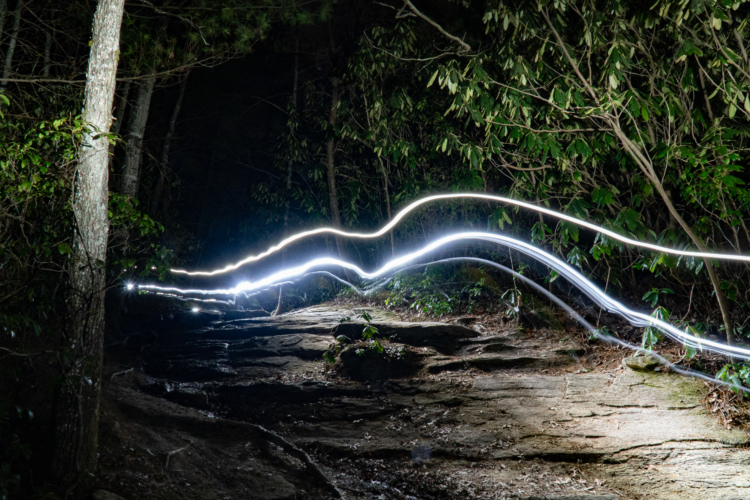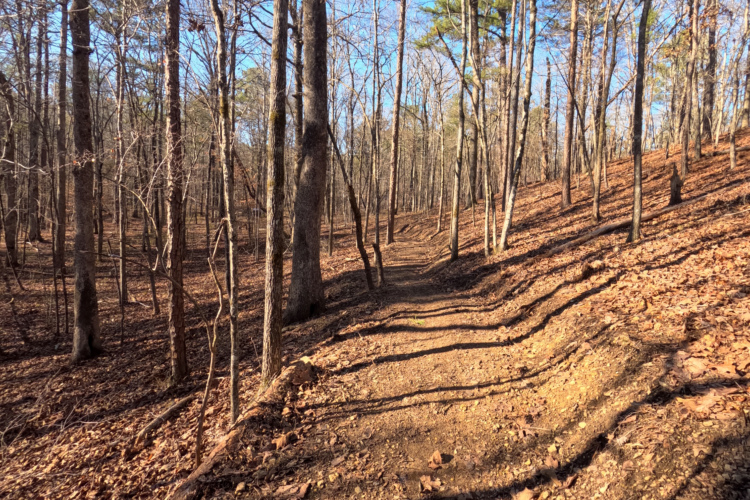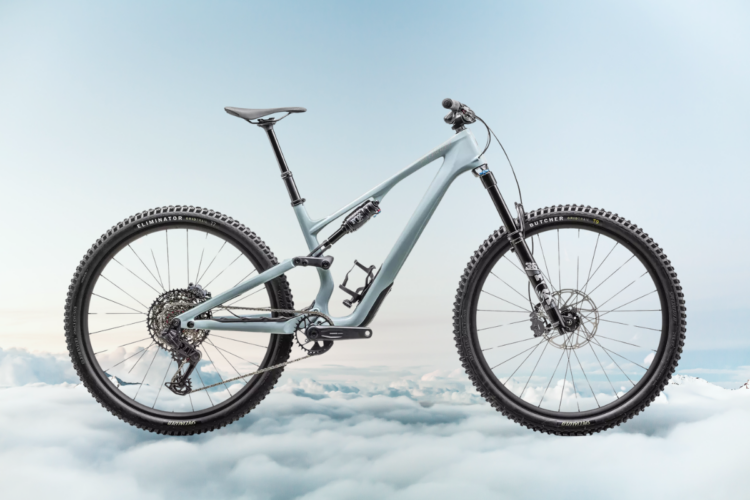
If you’ve ever had a conversation with a group of mountain bikers about tire pressures, inevitably the whole thing devolves into a contest to see who is running the lowest pressure. And why not? With tubeless and high volume tires like those on fat bikes and plus-size rigs, mountain bikers can safely run some pretty insanely low pressures without having to worry about pinch flats. The upside to running low pressure is better handling and traction, but there’s also a downside: added rolling resistance.
I set out to determine just how much added rolling resistance low tire pressures produce, and to try to find the sweet spot where both rolling resistance and traction are optimized.
Methodology
I don’t have a good method for measuring traction, though I’m sure one exists. Instead, I decided to focus on finding the lowest pressure I could run without slowing my roll down too much. Now, keeping in mind that this is a test, I wanted to eliminate as many variables as I could, so I chose a short 6% grade where I could consistently pedal the same speed over and over again, while measuring my power output using a Powertap hub-based power meter.
The test track I used was paved, to which I’m sure some will cry foul; this is, after all, a mountain bike test. My argument is that for most off-road rides, there is little tire slippage outside of very steep or very loose terrain. In those situations, some of the power gains from higher tire pressures will actually be reversed, so remember your mileage will vary if you have trouble keeping your wheels from slipping on climbs. And if you spend a significant amount of your ride with one or both wheels off the ground–I’m jealous.
This test was conducted in two parts: climbing and descending. In the climbing test, I summed the second-by-second power readings over three tests rides at each tire pressure. The descending test was much simpler: I timed myself rolling down the course with no pedaling.
The Results: Numbers!

Ok, so a quick note about reading this chart: power isn’t going down as tire pressure decreases. Instead, the amount of power is going up to maintain the same speed; but flipping that around, we can also say for a given amount of power (for example, a rider’s max effort), speed will go down as tire pressure decreases. This chart is drawn to match up with this intuitive relationship.
This chart uses 40psi as a baseline and as you can see, dropping the pressure 10psi to 30 doesn’t slow things down much (about 1.3%). Interestingly, both the power and rolling speed reductions are almost exactly the same. At 20 psi, both power and rolling speed reductions are tracking similarly, at 3.8% and 3.1%, respectively.
But once we drop down to 10psi, the chart really dives off a cliff. Rolling resistance slows us down a ton–more than 20% for our test course. Power isn’t hit as hard, though riders will be putting in an extra 14% effort to keep climbing at the same speed they were going at 40psi.
Application

Numbers are interesting, but what does it all mean? Well for starters, it seems the disadvantages of running low tire pressures quickly increase below 20psi. Most riders are probably at 20psi or higher anyway, though fat bikers who run single-digit pressures certainly are not. Obviously I didn’t test this in the snow, but my recommendation for snow riding would be to find the highest pressure you can run where tires don’t slip, and use that.
Initially I thought lower tire pressure would mainly affect pedaling, but it appears to affect rolling just as much, if not more. To me, this means regardless of what a course elevation profile looks like, riders will see benefits to keeping pressures at 20psi or above.
While recreational riders may not notice a 3% reduction in rolling speed and power at 20psi, this can make a huge difference for racers. For a 90-minute XC race, just a 1% reduction in speed means nearly a minute of lost time. That’s certainly significant, where a minute can easily mean the difference between 1st place and 5th place. And now we know why XC racers run such high tire pressures! I didn’t test pressures above 40psi, but I can guarantee you that some racers may run 50psi or more, depending on conditions.
Bottom Line
Is this a perfect test? Absolutely not. There are still plenty of variables that will influence this result–everything from tire choice to terrain to bike configuration. However, this data should give riders a sense of the order of magnitude changes in tire pressure will have on speed and rolling resistance. Based on this data, I’ll probably start running slightly lower pressures without fear of slowing myself down; that is, until I start getting too many flats or mangling my rims. 🙂











11 Comments
Aug 7, 2018
Results of simulation in loose conditions?
Aug 8, 2018
Aug 7, 2018
Feb 8, 2016
Aug 8, 2018
Feb 8, 2016
Feb 13, 2017
Feb 6, 2017
Feb 3, 2017
Feb 11, 2016
But to me, your test essentially says pick the pressure you like best that isn't under 20 psi, and you're probably doing fairly well, efficiency-wise.
Feb 12, 2016